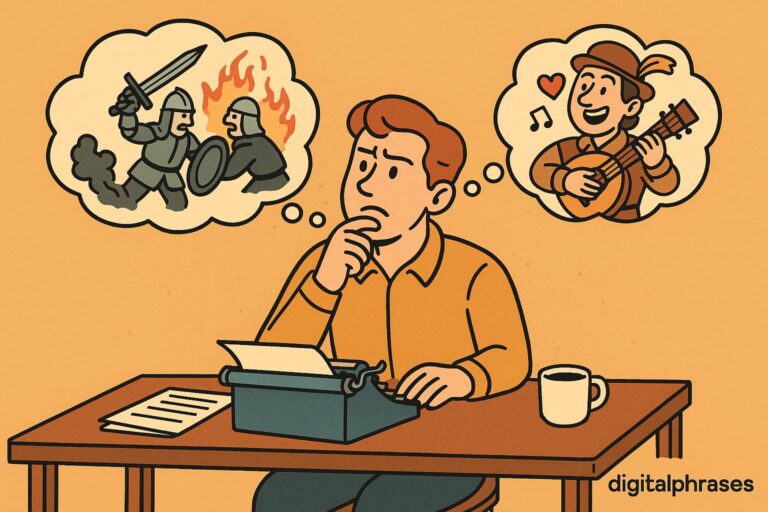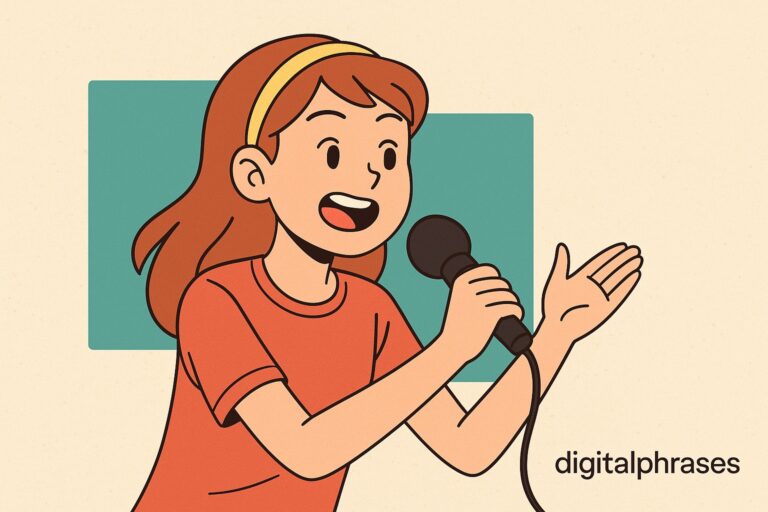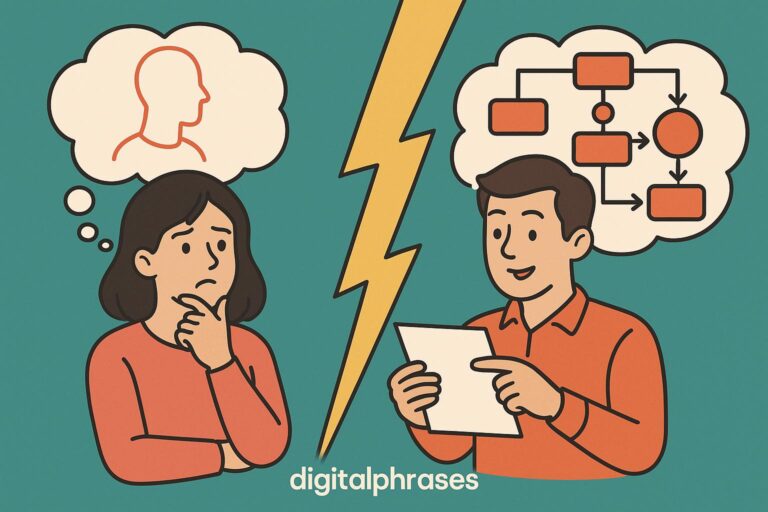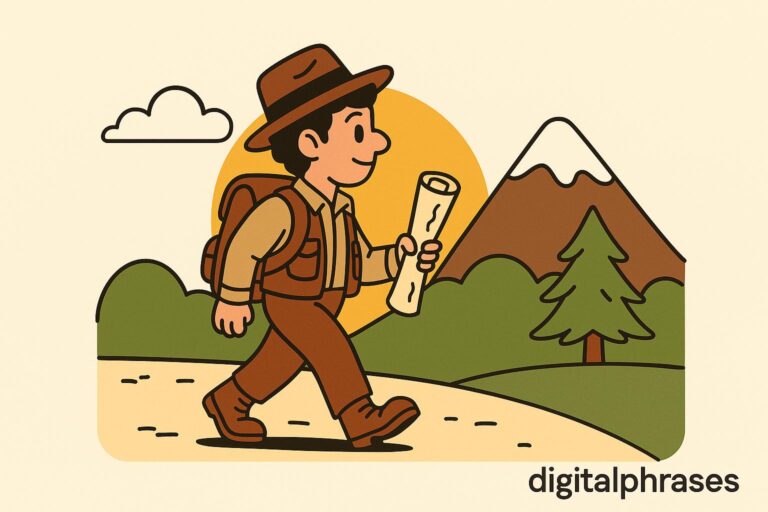How To Find Your Story’s Theme
We’ve all heard the tired definition: “It’s the message of the story.”
Cool, but also… completely unhelpful when you’re deep in revisions wondering why your second act is emotionally flat.
For pros like us, theme isn’t a label you slap on after the plot works. It’s a lens that brings everything—character, structure, even subtext—into focus.
It’s what makes The Godfather more than a crime saga or Arrival more than a sci-fi movie. Those stories live and die by their thematic tension: loyalty vs. morality, language vs. time, connection vs. loss.
What I’ve found (and maybe you have too) is that great stories don’t state their themes—they interrogate them. They ask messy, human questions like “What does power cost?” or “Can love exist without memory?”
And when we, as writers, chase those questions instead of tidy morals, something powerful happens: the story resonates on a gut level.
This post is about how to get there—how to find your theme when it’s hiding beneath your plot, and how to use it as a tool, not just a label.
Let’s dig in.
What The Theme Of Your Story Really Is?
Theme isn’t a sentence you write on a whiteboard.
It’s not “love conquers all” or “good always triumphs.” Those are messages—flat, moralistic, and often useless when you’re building a story with emotional depth.
Real theme is much messier. It’s a philosophical question in conflict, one that your characters wrestle with across the entire narrative. It lives in the tension between what a character believes and what the story forces them to confront.
Think of theme as the deep current running beneath your story’s structure. It’s not visible on the surface, but it drives everything: character decisions, emotional stakes, even plot reversals.
And the kicker?
If you try to force it from the outside, it’ll feel fake. But if you tune into your story’s emotional logic, you’ll find it’s probably already there—whispering through your protagonist’s arc, your antagonist’s rationale, your central dilemma.
Here’s the critical distinction: theme is not a conclusion. It’s a conversation.
The difference between premise, message, and theme is crucial:
- Premise: What happens? “A woman time-travels to communicate with aliens.”
- Message: What’s the moral? “Understanding others brings peace.” (Yawn.)
- Theme: What’s the tension? “Is meaningful connection possible when time is nonlinear?”
That question powers Arrival from start to finish.
A working writer doesn’t start by saying, “My theme is forgiveness.” Instead, they notice that every scene seems to orbit some version of, “Can you forgive someone who isn’t sorry?” That’s where you lean in. That’s your thematic engine.
A practical approach: frame theme as a contradiction. What’s the fundamental tension at the heart of your story? Not just plot-wise, but emotionally and ideologically? “Power requires sacrifice” vs. “Power corrupts.” “Love liberates” vs. “Love demands possession.” The most compelling themes aren’t statements; they’re paradoxes.
Let’s ground this in character. A protagonist’s arc is often the clearest signal of theme:
- What do they believe at the beginning?
- What do they learn—or fail to learn—by the end?
- What internal contradiction do they embody?
Take Breaking Bad. The theme isn’t “crime doesn’t pay.” That’s reductive. The theme lies in the slow erosion of identity: “Is it ever possible to use power for good without becoming the very thing you fear?” Walter White begins with self-justified desperation and ends as a man who’s embraced the monster. Every major plot event reflects a variation of this central tension.
Even supporting characters can clarify your theme. Jesse Pinkman’s arc is a thematic counterpoint—he wants redemption but can’t stop being pulled back into destruction. This isn’t accidental—it’s design.
If you want your story to hit hard, don’t ask what it’s about. Ask what it questions. Theme isn’t a garnish—it’s the hidden structure holding your narrative together. And once you see it clearly, you can write with terrifying precision.
Next, we’ll shift into tools: concrete, repeatable methods to help you unearth that buried thematic gold.
Techniques to Unearth Your Theme
You don’t “decide” your theme. You find it—usually hiding somewhere between what your protagonist wants, what they need, and what the story ultimately takes from or gives to them. Theme is uncovered through interrogation, not invention.
Below are five techniques that working writers, showrunners, and novelists use to tease theme out of the noise. Use these to tune into the deeper frequency of your story.
1. Map Your Character’s Arc
The cleanest way to surface theme is to trace the transformation of your protagonist. Their journey—from misbelief to revelation, from one identity to another—often exposes the core question your story is asking.
Ask yourself:
- What does my character believe at the start?
- What’s proven wrong—or right—by the end?
- What emotional truth do they resist until it breaks them?
This evolution defines not only their internal arc but also hints at the thematic tension.
Example: In The Queen’s Gambit, Beth Harmon believes she’s only valuable when she wins. Her arc challenges that belief. She gradually discovers that genius without human connection is hollow. The theme isn’t “chess is hard” or “addiction is bad.” It’s: Can mastery exist without self-destruction?
Your job is to isolate that shift. Because embedded in it is your story’s thematic heartbeat.
✱ Pro tip: If your protagonist doesn’t change, the theme likely lives in the world around them—watch how the supporting cast evolves in contrast.
2. Write the Antagonist’s Argument
Every strong antagonist has a point. If they don’t, you’re writing a cartoon villain. A great trick is to write a monologue from your antagonist’s POV—not to justify their actions, but to articulate their philosophy.
You’ll often find that the antagonist’s worldview is a direct thematic foil to the protagonist’s.
Example: Killmonger in Black Panther isn’t just a villain—he’s the thematic engine. His argument: Only through dominance and retribution can justice be served. T’Challa’s evolution isn’t just about defeating Killmonger—it’s about grappling with the validity of his rage, and choosing a different response to generational trauma.
Your antagonist doesn’t just block the protagonist; they challenge the story’s moral and emotional assumptions. And in doing so, they help define the thematic landscape.
3. Identify the Moral Gray Zones
This is where things get interesting.
Make a list of the story’s most morally complex moments—choices with no obvious right answer, consequences that linger, scenes that cause discomfort.
In those scenes, your theme is likely surfacing.
Why this works: Theme lives in contradiction. When a character is stuck between two values (loyalty vs. truth, justice vs. mercy), you’re no longer operating on plot mechanics—you’re in thematic territory. These are the crucible moments where theme shows its face.
Example: In The Americans, Philip and Elizabeth are Soviet spies living undercover in the U.S. Their missions force them to manipulate, kill, lie. But they also fall in love with their life in America. The show’s tension isn’t “Will they get caught?” It’s: Can you love a lie so deeply it becomes truth?
That’s where theme thrives—in stories with no clean exits.
4. Track Recurring Imagery or Motifs
Writers leak. Whether you’re aware of it or not, your brain leaves behind a trail of breadcrumbs—in the form of repeated images, lines, settings, or metaphors. These are subconscious clues to what your story is really about.
Do this: scan your scenes and note anything that shows up more than once—especially metaphorical objects or behaviors.
Ask:
- What keeps reappearing?
- Is there emotional weight tied to it?
- Does it evolve as the story progresses?
Example: In Eternal Sunshine of the Spotless Mind, the beach, the frozen lake, and childhood drawings all echo themes of memory, erasure, and innocence.
They’re not just pretty visuals—they reinforce the emotional architecture of the story.
The same goes for the color palette, the collapsing locations, even the title itself.
Every element serves the question: Is forgetting pain a form of freedom or a betrayal of who we are?
Often, your imagery knows your theme before you do.
5. Boil It Down to a Single Sentence
This isn’t about dumbing down. It’s about precision.
Once you’ve worked through the character arc, the antagonist’s logic, the moral complexity, and the visual motifs—you should be able to distill your theme into a one-sentence thematic inquiry.
Try this fill-in-the-blank:
“This is a story about how __________ is challenged by __________, resulting in __________.”
Example:
“This is a story about how loyalty is challenged by truth, resulting in personal liberation at a devastating cost.” (The Americans)
Or flip it:
“This is a story about how the pursuit of control collides with the inevitability of chaos.” (Black Swan)
The goal isn’t to summarize the story—it’s to trap the emotional contradiction at its core.
Once you’ve got it, you have a compass. Every scene, subplot, and character decision can now be tested against this thematic spine. If it doesn’t serve or echo this tension? You cut it or reshape it.
Bonus: Let the Question Stay Open
Experienced writers know that powerful themes are rarely “resolved” in a neat bow. In fact, some of the best stories leave the question unanswered, or even more tangled by the end.
This isn’t a failure—this is craft.
Your job is not to lecture or preach. Your job is to raise the stakes of the question so high that the reader or viewer is forced to wrestle with it long after the story ends.
When the theme lives beyond the final page or frame, you know it’s working.
Few Things To Note (For Advanced/Expert Writers)
You’ve found your theme. Good.
Now comes the part most writers skip: letting that theme dictate creative choices on every level.
Theme isn’t just something to articulate in interviews or slip into your pitch deck. It should be structural, not ornamental. Once you’ve named your story’s core tension, that theme becomes a powerful tool to shape subplots, intensify scenes, and refine your story through revision.
Let’s break it down.
Subplots Should Echo or Disrupt the Theme
The most effective subplots aren’t just filler—they’re mirrors, counterpoints, or distortions of the central theme. Each one should add weight, nuance, or contradiction to the story’s thematic argument.
In The Godfather, the primary theme is about the cost of loyalty and the corruption of power. Michael’s descent is echoed and refracted through other storylines:
- Sonny, ruled by emotion, embodies the reckless side of loyalty.
- Fredo, weak and yearning, represents misguided loyalty.
- Kay, Michael’s wife, serves as a moral contrast—her increasing discomfort reveals what Michael is losing.
These subplots don’t just exist—they complicate the theme. They give it texture.
When building or editing your subplots, ask:
Does this thread reinforce, contradict, or test the central question of the story?
If it doesn’t do any of the above, it’s just noise.
Scene-Level Tension Should Test the Thematic Question
Each major scene is an opportunity to put your theme under stress. Imagine every scene as a lab experiment: how does the character’s current belief or value system stand up under pressure?
In Arrival, the theme centers on the cost of knowledge and the nature of time. Every scene, from first contact to language decoding, builds pressure on that idea. The more Louise learns, the more she suffers. But she keeps going—because that’s the story’s thematic spine: Is understanding worth the pain that comes with it?
This is what elevates a plot beat into a thematic beat—when it directly confronts the protagonist’s emotional stakes tied to the theme.
Before locking a scene, ask:
What belief or question is this scene challenging? How does this moment move the theme forward or deeper?
Revisions Should Be Theme-Driven
When you revise, don’t just look for pacing, logic, or character consistency. Look for thematic clarity.
- Does this scene reinforce the central tension or dilute it?
- Is the protagonist’s arc aligned with the story’s thematic evolution?
- Are there characters or subplots that pull the focus away from the core question?
This is your scalpel.
Use it.
A Final Case Study: The Leftovers
The Leftovers is a masterclass in thematic architecture. The show’s central question is devastatingly human: How do people move forward when the universe offers no explanation?
Every character represents a different answer:
- Kevin clings to routine while slowly unraveling.
- Nora dives into false hope, grief simulations, and denial.
- The Guilty Remnant rejects meaning entirely.
The theme isn’t spoken. It’s embedded into every plot turn, every silence, every breakdown. That’s the goal.
When theme drives your choices, you don’t just tell a story—you build a worldview.






